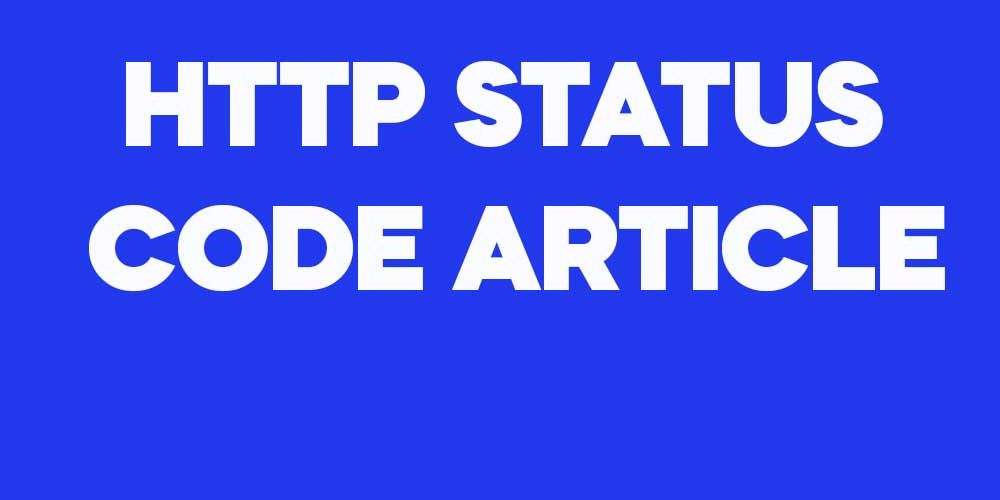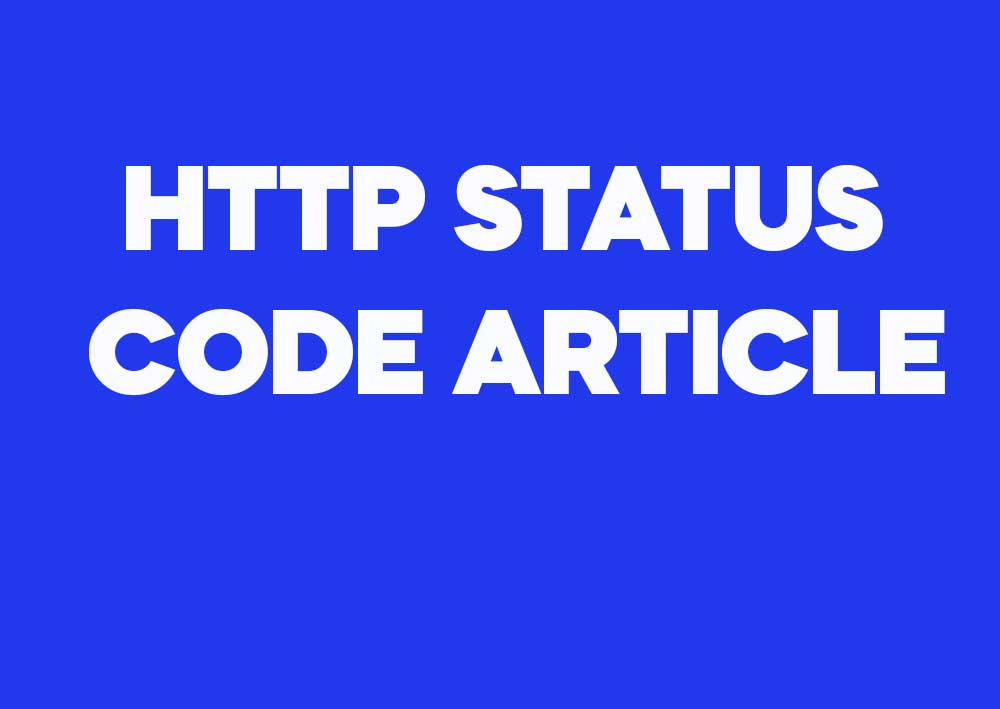HTTP Status Code 417 – Expectation Failed
The HTTP 417 Expectation Failed status code indicates that the server cannot meet the requirements specified in the “Expect” request header field. This situation often arises when a client sends an “Expect” header with a value that the server doesn’t support, such as “100-continue”.
Example 1: Expect Header with “100-continue”
In this example, the client is attempting to use the “Expect: 100-continue” feature, which allows it to check if the server is ready to accept the request body before actually sending it. If the server does not support this expectation, it will respond with a 417 status code.
GET /upload HTTP/1.1
Host: example.com
Expect: 100-continue
The server’s response:
HTTP/1.1 417 Expectation Failed
Content-Type: text/plain
Content-Length: 30
Expectation could not be met.
Example 2: Incorrect Expectation
Here, the client mistakenly specifies an unsupported expectation, which the server cannot fulfill, resulting in a 417 status code.
POST /api/data HTTP/1.1
Host: api.example.com
Expect: unsupported-expectation
Content-Type: application/json
{“key”: “value”}
The server’s response:
HTTP/1.1 417 Expectation Failed
Content-Type: text/plain
Content-Length: 45
The server does not support this expectation.
Example 3: Example Scenario 3
# Client sends a request example.
GET /example HTTP/1.1
Host: www.example.com
# Server Response
HTTP/1.1 417 417 Expectation Failed
Date: Wed, 09 Oct 2024 23:05:26 GMT
Server: ExampleServer/1.0
Content-Type: application/json
{
"error": "Description of the error for 417"
}
Example 4: Another Scenario!
# Client sends another example request.
POST /another-example HTTP/1.1
Host: www.example.com
# Server Response
HTTP/1.1 417 417 Expectation Failed
Date: Wed, 09 Oct 2024 23:05:26 GMT
Server: ExampleServer/1.0
Content-Type: application/json
{
"error": "Detailed message for 417"
}
Summary
The 417 Expectation Failed status code is returned when a server cannot meet the requirements specified in the “Expect” header from a client. It usually involves unsupported expectations like “100-continue” or other custom expectations not recognized by the server. Proper handling of this response involves either modifying the client request to remove the “Expect” header or ensuring the server can fulfill the expectation.


